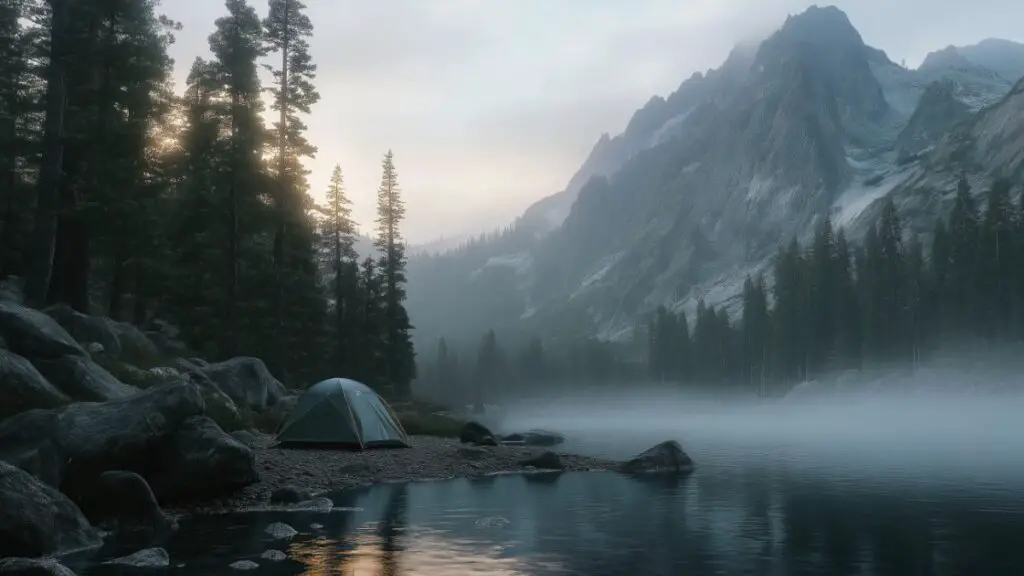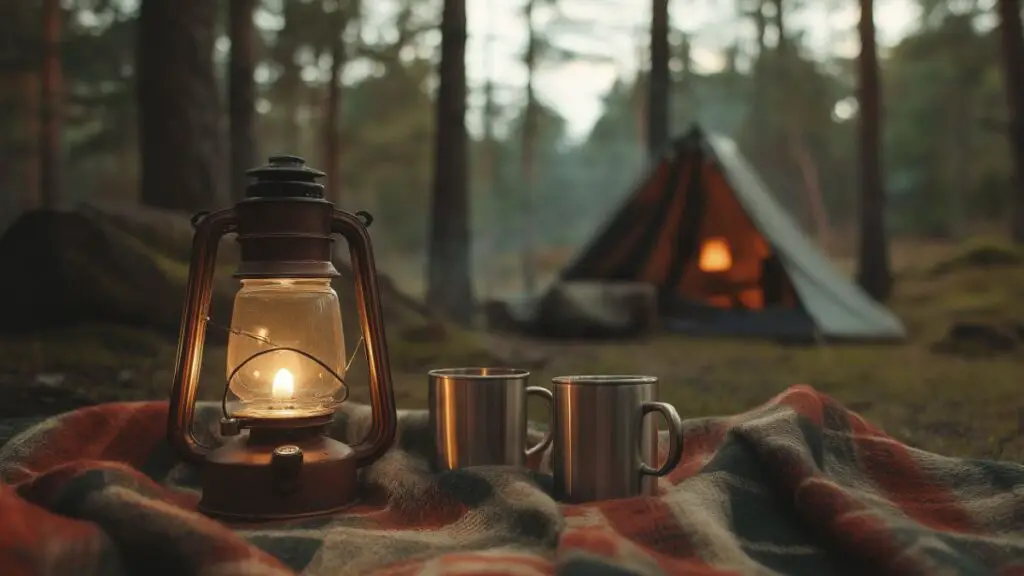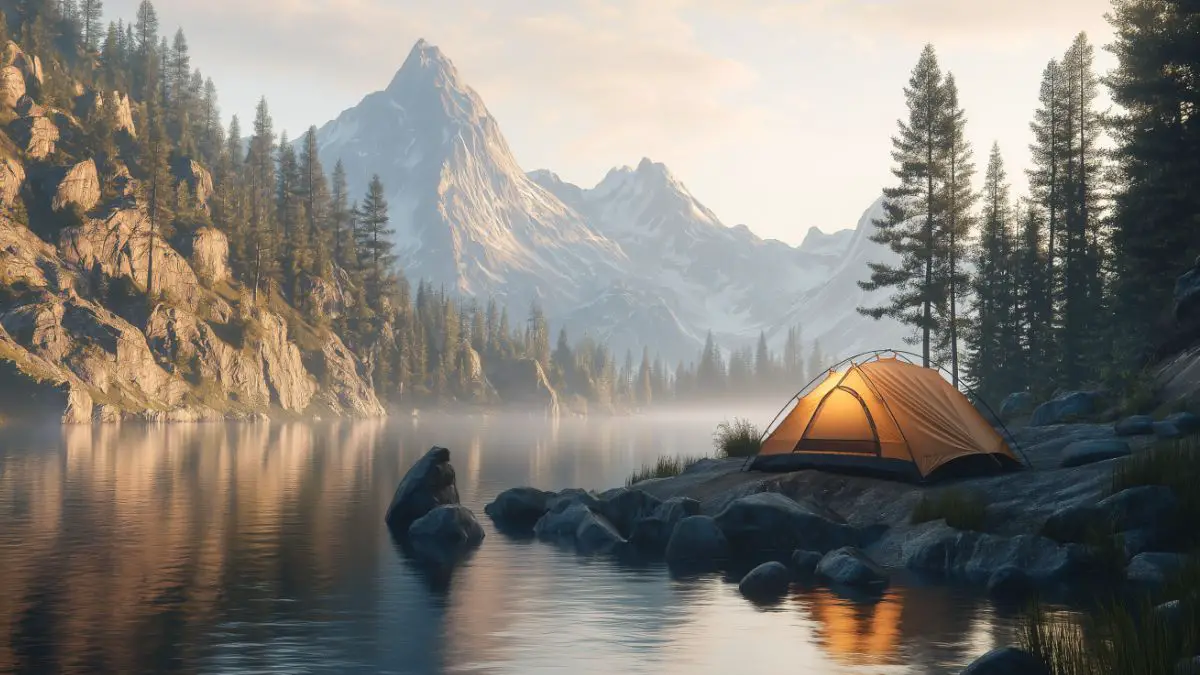Top Disventure Camp Locations That Offer Real Adventure and Solitude
Table of Contents
Introduction
In a world where digital burnout is becoming the norm, the desire to disconnect is stronger than ever. Yet, traditional campsites and tourist trails often feel more like pop-up villages than places of retreat. That’s where Disventure Camp shines—an emerging trend in outdoor escapes that focuses on unfiltered nature, adventure, and restorative solitude.
According to the Outdoor Industry Association, over 60% of campers now prioritize less crowded, more remote destinations over standard facilities. Disventure Camps are meeting this shift by offering off-the-beaten-path experiences that let you reconnect with nature without the distractions of mass tourism.
Whether you’re craving silence by an alpine lake or the thrill of hiking through untouched forest trails, this post explores the best Disventure Camp locations across North America. We’ll dive into what makes each site unique, what to pack, and how to style your basecamp for both comfort and connection to nature.
In-Depth Outline
1. What Is Disventure Camping? A Redefinition of Adventure Travel
- Focuses on minimal crowds, rugged settings, and immersion in nature.
- Combines off-grid living with light infrastructure (fire rings, compost toilets).
- No Wi-Fi, no RV hookups—just stars, solitude, and trail access.
- Popular with seasoned campers, creatives, and eco-conscious travelers.
- Emphasizes sustainable travel and personal reconnection.
Table: Disventure vs. Traditional Camping
| Feature | Disventure Camp | Traditional Campsite |
|---|---|---|
| Crowds | Minimal or none | High during peak season |
| Amenities | Limited, natural infrastructure | Full (showers, hookups) |
| Access | Often hike-in or 4WD | Drive-up, well-marked roads |
| Experience | Wild, immersive, reflective | Social, recreational, busy |
2. Best Disventure Camp Locations for Solitude and Scenery

2.1: Colorado’s Lost Creek Wilderness
- Hike-in sites amid granite domes and meadows.
- Streams and secluded valleys ideal for solo campers.
- Perfect for stargazing and minimalist hammock setups.
2.2: California’s Trinity Alps
- Rugged, alpine beauty without the crowds of Yosemite.
- Ideal for multi-day backpacking with lakeside camps.
- Remote sites near Canyon Creek Lakes offer high elevation peace.
2.3: Maine’s Deboullie Public Lands
- North Woods camping with minimal traffic.
- Canoe-in sites and off-grid lean-tos available.
- Surrounded by boreal forest and glacial lakes.
Table: Top Disventure Camp Picks
| Location | Highlight Feature | Best For |
|---|---|---|
| Lost Creek Wilderness | Alpine solitude, trails | Backpackers, photographers |
| Trinity Alps, CA | Remote lakes, granite peaks | Solo or group trekkers |
| Deboullie, ME | Canoe access, silence | Nature lovers, anglers |
3. How to Prepare for a Disventure Camp Trip
- Pack light but smart: shelter, food, navigation, filtration.
- Dress in weather-appropriate layers and bring waterproof gear.
- Research wildlife and plant identification for the area.
- Use Leave No Trace principles to protect fragile environments.
- Always tell someone your route and estimated return time.
Table: Disventure Camp Packing List
| Category | Essential Items |
|---|---|
| Shelter | Ultralight tent or hammock, tarp |
| Cooking | Jetboil, bear-safe food storage, fuel |
| Navigation | Compass, map, offline GPS |
| Health & Safety | Water filter, med kit, sunscreen, bug spray |
4. Creating a Comfortable and Stylish Off-Grid Camp

- Use neutral-toned gear to blend with nature’s palette.
- Pack cozy extras like a wool blanket or enamelware mugs.
- Bring string lights or solar lanterns for soft ambiance.
- Use a lightweight camping rug or foldable stool for comfort.
- Opt for an aesthetic camp kitchen layout with wooden utensils.
Table: Camp Decor Tips for Nature-Lovers
| Item | Function | Design Touch |
|---|---|---|
| Wool blanket | Warmth + layered texture | Earth-toned pattern |
| Solar lanterns | Lighting | Glows without harsh glare |
| Enamel cookware | Cook + eat | Rustic, photogenic appeal |
5. Low-Impact Activities for Solitude Seekers
- Journaling or sketching with a forest or lake view.
- Reading under a hammock canopy.
- Nature photography with focus on light and shadow.
- Mindful hiking or barefoot forest bathing.
- Foraging workshops or personal quiet retreats.
Table: Solitude-Friendly Activities
| Activity | Ideal Time | Benefits |
|---|---|---|
| Forest Bathing | Morning or evening | Lowers stress, boosts immunity |
| Camp Sketching | Golden hour | Enhances presence and awareness |
| Birdwatching | Dawn/dusk | Quiet observation, meditative |
6. Seasonal Tips for Planning Your Disventure
6.1 Spring
- Snowmelt may make trails muddy—waterproof boots recommended.
- Ideal for wildflower photography and cool-weather hikes.
6.2 Summer
- High elevation or coastal sites help avoid heatwaves.
- Bring sun protection and mosquito nets.
6.3 Fall
- Peak season for solitude, color, and fewer bugs.
- Pack extra warmth for chilly nights.
6.4 Winter
- Advanced trips only—snowshoe or ski-in required.
- Best for deep solitude and winter photography.
Table: Best Times to Visit by Region
| Region | Best Season | What to Expect |
|---|---|---|
| Rockies | Late summer | Clear skies, fewer bugs |
| Northeast forests | Early fall | Peak foliage, peaceful trails |
| Pacific Northwest | Spring/fall | Rainy but lush, fewer crowds |
Detailed Content Expansion
2. Best Disventure Camp Locations for Solitude and Scenery
If solitude and natural beauty are at the top of your priority list, these three locations offer deep immersion without distraction. Each balances raw wilderness with accessible yet secluded campsites perfect for disconnecting from the noise of daily life.
Lost Creek Wilderness (Colorado) is a dream for those who want alpine meadows, granite rock formations, and zero light pollution. The network of trails here is lightly trafficked, offering multiple backcountry zones where you’re unlikely to see another tent. Sites near Goose Creek are particularly serene.
Trinity Alps Wilderness (Northern California) is one of the state’s best-kept secrets. Unlike the crowds of Yosemite, the Trinity Alps offer crystal-clear lakes and rugged peaks, ideal for multi-day treks. Campsites near Canyon Creek or Granite Lake are popular among Disventure seekers for their remoteness and views.
Deboullie Public Lands (Maine) feels a world away, despite being accessible by car and canoe. Here, you can camp beside a glacial lake, surrounded by boreal forest and loon calls. The solitude is unmatched, and the paddling in is half the fun.
Table: Top Disventure Camp Picks
| Location | Highlight Feature | Best For |
|---|---|---|
| Lost Creek Wilderness | Alpine solitude, trails | Backpackers, photographers |
| Trinity Alps, CA | Remote lakes, granite peaks | Solo or group trekkers |
| Deboullie, ME | Canoe access, silence | Nature lovers, anglers |
4. Creating a Comfortable and Stylish Off-Grid Camp
Just because you’re off-grid doesn’t mean you can’t enjoy touches of homey style. With a few thoughtful items, your campsite can feel both functional and beautifully curated.
Start with gear in earth tones—tans, forest greens, and deep blues—to blend with the environment. A wool blanket not only keeps you warm but adds visual texture. A folding camp rug helps define the space, even in dirt or pine needles.
Lighting is key: swap harsh headlamps for solar lanterns or string lights to create ambiance after dark. A small wooden crate or stool can double as a nightstand or meal prep surface.
Lastly, a neatly arranged camp kitchen station—complete with enamel cookware, a hanging utensil bar, and a canvas tote for dry goods—makes cooking more enjoyable and picture-worthy.
Table: Camp Decor Tips for Nature-Lovers
| Item | Function | Design Touch |
|---|---|---|
| Wool blanket | Warmth + layered texture | Earth-toned pattern |
| Solar lanterns | Lighting | Glows without harsh glare |
| Enamel cookware | Cook + eat | Rustic, photogenic appeal |
Conclusion
Disventure Camps are more than remote campsites—they’re a return to intention. They allow us to immerse ourselves in wild beauty, embrace stillness, and strip away the noise of modern life. Whether you’re setting up camp beside a glacier-fed lake in Maine or trekking solo into Colorado’s granite valleys, these destinations offer adventure without distraction, and solitude that speaks volumes. All you need is the courage to go off-grid—and a few design-minded touches to make your outdoor escape feel like home.


